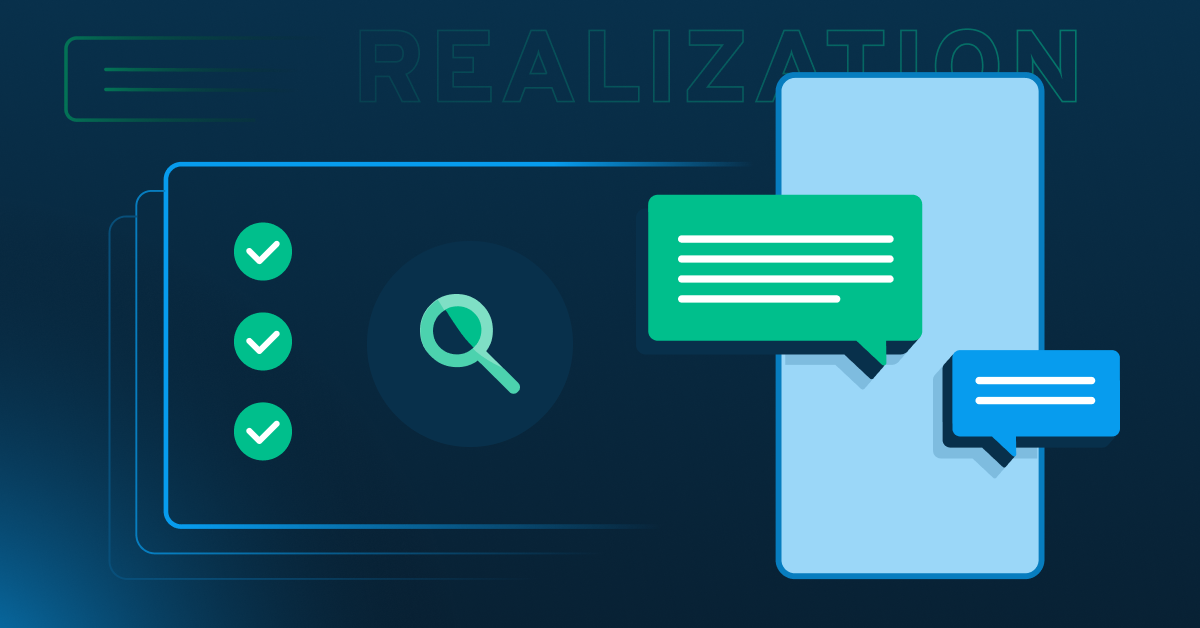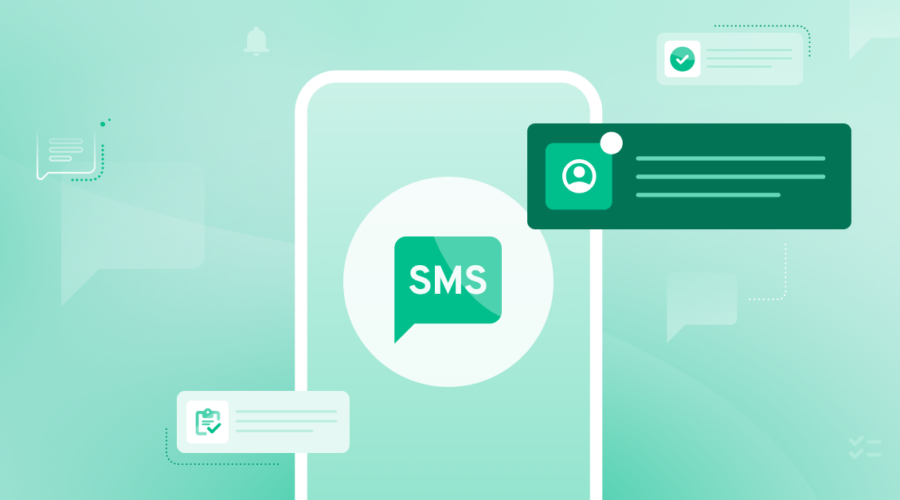This is part 1 of the State of Messaging 2023: Realization. The realization is that 2023 is 2022 revamped; refresh your knowledge of requirements and carrier best practices, understand the reality of a great CX being table stakes, and evaluate if global messaging is within your reach.
If you’re a business that successfully managed to navigate the messaging industry’s requirements in 2022, give yourself a much-deserved pat on the back. That’s no easy feat!
Now it’s a new year with new carrier expectations that require additional requirements to keep unwanted messages from users’ phones. Preparing your 2024 messaging to meet carrier standards can ensure your traffic continues with minimal disruptions, and we’re here to be a helping hand!
Let’s review the best messaging practices to stay on track and stay successful.
The Sole Proprietorship and 10DLC
What is The Sole Proprietorship?
The IRS defines a sole proprietor as “someone who owns an unincorporated business by himself or herself.” This enterprise type primarily applies to entrepreneurs and small businesses. The Campaign Registry (TCR) created the SP use case to allow sole proprietors without an Employer Identification Number (EIN) to register their brand and give them the ability to send 10-digit long code (10DLC) messages.
Why do Sole Proprietors have to go through 10DLC registration again?
Unfortunately, carrier requirements continue to be added and refined to combat these due to the continued rise of fraudulent SMS practices. On November 3rd, 2022, the TCR reverted all SPs to unverified status to go through standard vetting again. TCR asserts that this vetting procedure will align SPs and brands on a sanctioned Application-to-Person messaging (A2P) 10DLC messaging ecosystem.
Next steps
If you’re a business that was granted SP status by The Campaign Registry before November 3rd, 2022, your SP has been automatically reset to unverified status. To ensure you don’t have any disruptions with your 10DLC campaigns, resubmit your SP application to TCR ASAP.
If you have further questions about whether your messaging will be affected by this new update, contact your Campaign Service Provider (CSP) for more info, or visit The Campaign Registry website.
Unregistered 10DLC traffic and the repercussions
There has been a lot of conversation happening around 10DLC registration timelines. And, odds are that you’re getting conflicting info about them from different providers and struggling to figure out fact from fiction.
We’ve said it before, and we’ll say it again: the messaging industry is complex, and rapidly changing.
Blocking of numbers on carriers and CSPs
In 2022, carriers adopted additional requirements, and the industry encountered stricter enforcement against unwanted messaging.
Key moments included:
- On March 1st, 2022, carriers like T-Mobile and AT&T began imposing surcharges and message fees for all unregistered traffic.
- September 1st, 2022, T-Mobile waived its one-time campaign activation fee of $50 to encourage 10DLC registration.
- November 17th, 2022, when TCR requires all new campaign registrations to submit proof of Opt-IN/Opt-OUT/Help offerings and the Opt-IN message flow.
CSPs are also taking the initiative to block traffic that hasn’t been vetted, verified, and deemed accurate to the intended recipients.
Toll-free SMS verification: The good (verified), the bad (pending), and the ugly (restricted)
What is toll-free verification?
As with 10DLC campaign registration, the toll-free verification process qualifies the messaging traffic to be tagged as verified. Verification status indicates that your number has carrier approval to send within the U.S. and Canada.
Verification can benefit your organization because it reduces the number of false-positive blocks and helps increase message deliverability on a single toll-free number.
What are the three toll-free verification statuses?
The Toll-Free Aggregator has created 3 Classes of Service to classify verification status. And what better way to comprehend these differences than a good ol’ spaghetti western expression, “The good (verified), the bad (pending), and the ugly (restricted).”
Verified (The good): Verified numbers are approved through the Toll-Free verification process. Their traffic is subjected to limited filters. If traffic does trigger any filters, that specific content will be blocked, but the number will not be automatically blocked.
Pending Verification (The bad): Pending verification numbers have submitted a Toll-Free verification application and are awaiting a response from the Toll-Free Aggregator. So, what makes this status “bad”? Pending numbers have lower throughput than verified numbers, and blocking can be applied to individual content or automatically applied to all traffic from the number. These numbers will remain pending until a decision has been made on verification status.
Unverified (The ugly): Restricted numbers have either yet to submit a verification request or have denied their application. These numbers are subject to the highest amount of filtering, and numbers in this state will automatically get shut off if any spam or unwanted traffic is detected.
Next steps
If you’re planning to use toll-free services as part of your overall 2023 SMS strategy, the most important thing is to get verified ASAP, so you don’t experience any service disruptions across carriers.
Unverified numbers may also cause the blocking of your messaging traffic, and many CSPs (including Bandwidth) cannot unblock this until the number is registered.
Learn more about 10DLC Policies and toll-free verification
It can be challenging to stay updated with new developments. If you have any outstanding questions about long code messaging, please visit our Knowledge Base to learn about The Campaign Registry, 10DLC, and carrier updates.
The Campaign Registry
The Campaign Registry is a fantastic resource to learn the ins and outs of the 10DLC, guidelines on how it works, and tutorials on being compliant when doing messaging campaigns. Check out their FAQ section for any additional information on TCR.
Bandwidth’s 411 video series
Our messaging experts are here to help! Consult and learn from our team to stay informed on recent changes and what that means for your business.
Our video series gives you all the details around 10DLC in a quick, entertaining, and educational format!
Bandwidth’s toll-free support
We’re your trusted partner to guide you through these changes and the toll-free verification process. You can register your toll-free messaging traffic through Bandwidth by completing the toll-free verification brief or bulk verification form available on our support website. We will then submit your brief to the Toll-Free Messaging Aggregator on your behalf.
Get ready for 10DLC and toll-free SMS requirements
The best strategy for these requirements is registering and verifying your 10DLC and toll-free messaging traffic! It keeps your business, CSPs, and carriers aligned on SMS/MMS best practices. Ultimately, everyone should win – mobile subscribers and innovative consumer-driven businesses!
2023 is the year to take your business messaging to the next level – don’t forget to check out the 2nd blog and 3rd blog. For a more in-depth view, check out all our findings in the annual State of Messaging 2023 ebook. Also, be on the lookout for our webinar, where you can learn from leading experts in the messaging industry.




